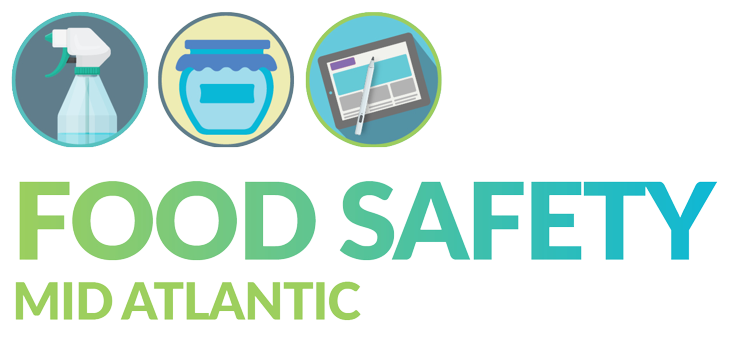Back in August 2020, I was fortunate to interview Wayne Roberts, before he unexpectedly passed away in January, for my book, Food Science and Food Systems: A Call for Change. I was delighted when he agreed because I found his perspective on the food system refreshing.

Wayne was a Canadian food policy analyst and writer. He was the manager of the Toronto Food Policy Council from 2000-2010. Before becoming a food policy leader, he was a labor and environmental activist. As he explains in the Introduction to The No-Nonsense Guide to World Food, he stumbled into food activism because he felt stuck working with the environmental movement. He thought that “food could offer a way ahead, for the simple reason that eating demands that individuals make food decisions several times a day. Transport systems and energy systems don’t do that; here, your only choice is to take or leave what’s offered.”.
In our conversation, Wayne and I covered a diverse range of topics including food’s symbolism as a local movement and, why food must be in the public interest, and how this led to a push back from scientists.
Three Streams to Food Thinking
For me, one of our most interesting discussion points that Wayne raised was that he considered that there were three streams to food thinking.
“My recent career has been centered around the idea that there are three streams to food thinking: Agriculture, and the supply chain. The other is nutrition, which is basically a concept of food as a fuel that feeds the engine and then, I consider there’s a third field, which is the human side of food, the people side of food. I’ve been trying to develop a notion of this as a distinctive field within food studies, what I call people centered or existential policy.”
In our conversation, we didn’t take this much further as it lead into a discussion on attitudes to science that I will explore in a later post. I see Wayne’s three streams of food thinking as ways that food studies could be divided:
- Agriculture and supply chain
- Nutrition
- People-centered
I find this interesting as I would personally, as a food scientist, divide the first category into more sub-categories. As someone who is professionally a food safety consultant whose research passion is in food chemistry, I am thinking about how my work fits into these three categories. Yes, they easily fit into the first category, if you consider food science an agricultural science. It wasn’t until I moved to the US that I found that food science was considered a subset of agricultural science. In the UK, Food Science departments are mostly part of the sciences along with chemistry. In the US, food science is part of the agricultural Land Grant mission of many public universities.
For a mass produced food system, understanding food chemistry is important if you want to ensure that consumers get the healthiest, most nutritious food, so that is a way that food science influences the second category. The separation of nutrition and food science is, in my experience, a hard one for the layperson to understand as for most people food is food. It doesn’t matter to most people how the food gets to their plate, just that it is safe and healthy when it does. As someone who has both a nutrition and food science background, I explain the difference, with a joke that food scientists stop worrying about the food once it has been eaten and that is when nutritionists start worrying about food.
The People-centered steam is newer to me. Food policy is very important to a food safety consultant. My business started as a way to support small and midsize food businesses comply with the new Food Safety Modernization Act regulations. Food policy also influences where my clients can make and package their foods. New Jersey for example, doesn’t allow any food to be made in a private kitchen, whereas in Pennsylvania, there is a cottage food law that covers jams and jellies and baked goods.
We can use people centered thinking as an opportunity to look at local food systems. Many people I talk to about food systems are interested in strengthening their local food system and buy regional foods as much as possible. The increase in people who, during the pandemic, opted for Community Supported Agriculture (CSA) to buy food directly from a local farm is a sign of the value of local food systems.
How do the three different streams of food thinking affect your life? If you are a food business, think beyond the science and manufacturing and look at how you overlap with nutrition if you are producing a particularly healthy food, and never forget that food policy is important!

Pingback: Part 2: “The symbolism of food is local” – Food Safety Mid Atlantic
Pingback: In Conversation with Wayne Roberts: Part 3: Food in the Public Interest – Food Safety Mid Atlantic
Pingback: Conversation with Wayne Proberts Part 5: Future of the Food System – Food Safety Mid Atlantic